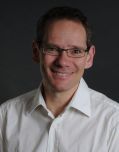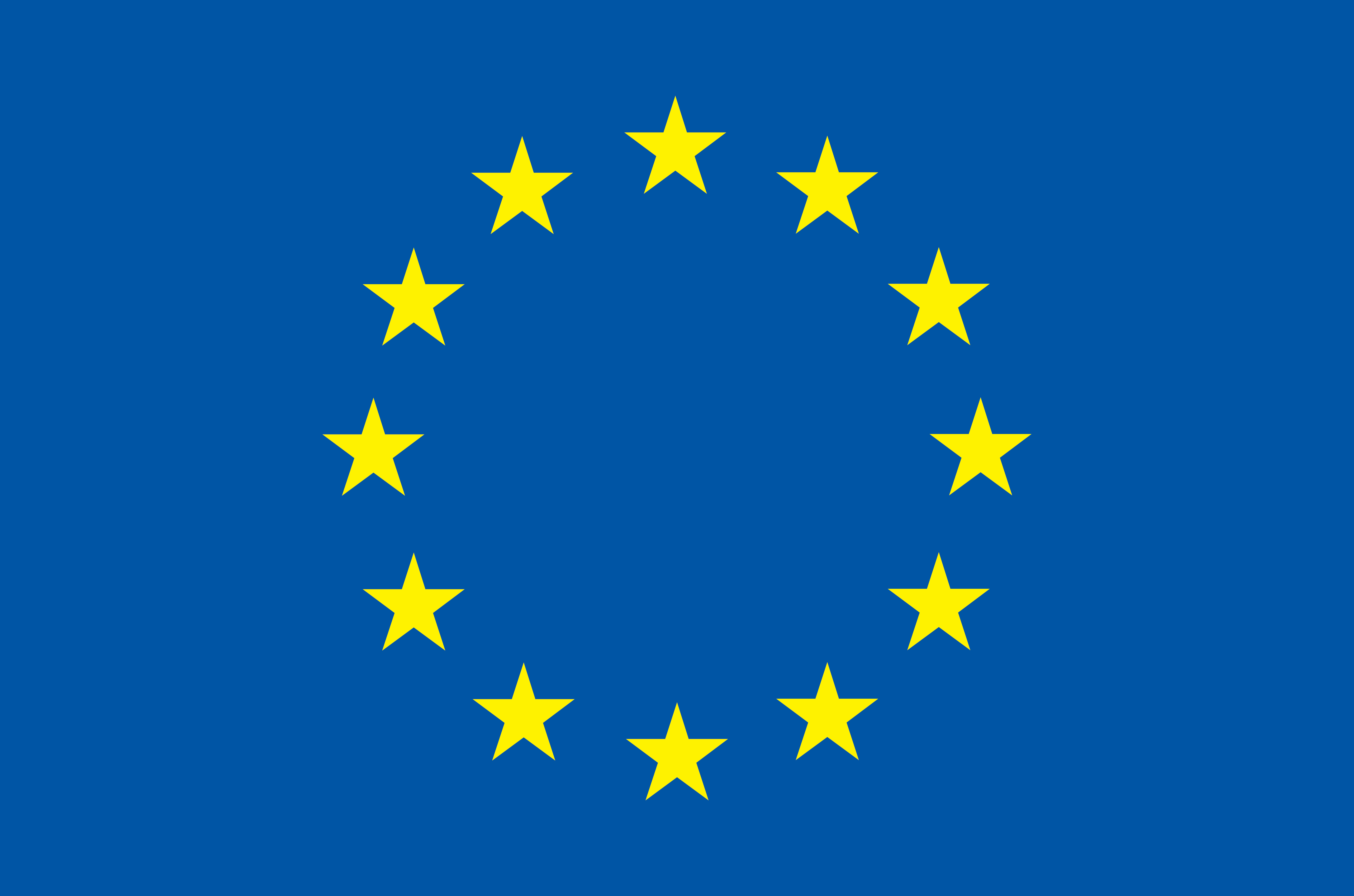 |
Research Professor École Polytechnique Fédérale de Lausanne – EPFL Laboratory of Photovoltaics and Thin Film Electronics (PV-lab) CH-2002 Neuchâtel 2, Switzerland franz-josef.haug(at)epfl.ch |
Optical design principles for silicon-based solar cells
Asked about an optoelectronic device or application, photovoltaics is probably not among the first things that come into mind. Nevertheless, solar cells use optoelectronic design principles throughout the whole of their structure, and by installed area they are doubtlessly the most widespread optoelectronic application on earth. What makes them unusual, however, are the constraints within they must operate. The moderate illumination density of the sun favours an electronic design on large area, using a simple manufacturing process and low-cost materials. Seasonal and diurnal changes require the optics to tolerate a wide range of incident angles, further complicated by the fact that sunlight represents a rather broad-band source between 300 and 3000 nm.
A market share of more than 90% illustrates that crystalline silicon fares best within these multi-faceted boundary conditions, but its success does not exempt it from the urgent need for further improvements. High efficiency devices like the PERL cell of UNSW or the HIT cell of Panasonic achieved a remarkable level of maturity, but their fabrication is too complicated for mass production on GW scale. Yet, they define ways for the improvement of current mainstream technology. One of them is improved optics.
In this talk, I will discuss design principles underlying to the optics of silicon-based solar cells, keeping in mind that the electronic function of the cell imposes some restrictions on the choice of materials and their arrangement. I will try to use familiar optical concepts like the well-known Fresnel equations, staying close to the real world by pointing out where realistic, thus complex, data of the materials play a role.
CV
Dr. Franz-Joseph Haug studied Physics at the Universities of Ulm (Germany) and Waikato (New Zealand) between 1990 and1996. While specializing mostly on Theoretical Physics and Quantum Theory, he turned towards Experimental Physics during his graduate work where he studied nucleation phenomena of silicon epitaxy with scanning tunnelling microscopy. After that, he pursued a PhD program at ETH Zürich (Switzerland), investigating Cu(In,Ga)Se2 solar cells in the inverted superstrate configuration. As PostDoc, he went to Empa (Switzerland) to work on reactive plasma processes for hard coatings of TiN and to the Jülich Research Centre (Gemany) where he studied transparent conductive ZnO films with light-scattering surface textures. In 2005, he joined the PV-Lab at University of Neuchâtel (Switzerland); since 2009 the lab is part of the EPFL. His work at PV-Lab includes flexible solar cells, design of light scattering interfaces, and solar cell characterization.


